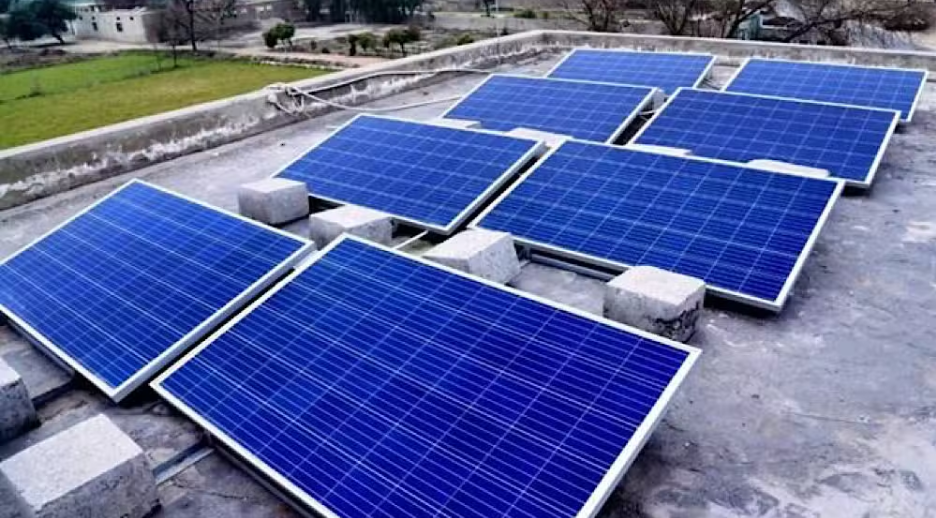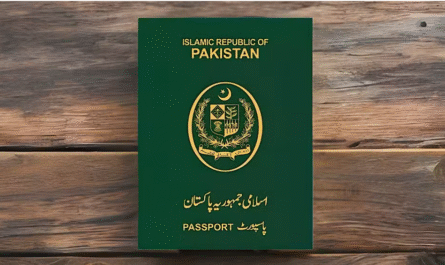1. Background: Solar Boom and Net-Metering Success
Since its launch in 2015, Pakistan’s net-metering policy has been pivotal to the country’s clean energy journey. By year-end 2024, approximately 283,000 users had installed solar capacities totalling over 4.1 GW—up from just 321 MW in 2021 . The policy empowered consumers to offset grid dependency and achieve payback in just 2–3 years under the earlier Rs 27 per unit buyback rate . This grassroots revolution has vaulted Pakistan into one of the world’s top pet solar markets .
2. Policy Reversal: Buyback Rate Slashed & Net-Billing Abandoned
In March 2025, the Economic Coordination Committee (ECC) approved sweeping changes:
- The buyback rate was slashed from Rs 27 to Rs 10 per unit.
- Net-billing—a system allowing 1:1 export-import unit offset—was terminated.
- New constraints capped solar capacity to match sanctioned load (plus 10%) and shortened contract durations .
New consumers will earn just Rs 10 for solar units here—but buy grid electricity at Rs 42–48/unit peak (up to Rs 65/unit in some areas), resulting in a staggering 550% price gap . Govt Plans to Scrap Solar
3. Why It’s a Blow to Clean Energy Adoption
a) Undermining Financial Returns
The slashed buyback means extended payback periods for homeowners and businesses. Many may now find solar economically unfeasible without significant upfront savings .
b) Reduced Solar Equity
Wealthier households who installed solar earlier benefit from older, favorable terms—while new adopters shoulder the brunt. Critics say this inequity discourages wider investment and threatens future clean energy uptake .
c) Tech and Grid Instability
A rapid solar rollout has created grid stability issues—frequency imbalances during oversupply, especially during off-peak periods like Eid . The government justifies the cuts by citing rising system costs and technical risks .
4. Widespread Backlash Across Stakeholders
- Business Community: Sarhad Chamber of Commerce described the cut as “unfair” and damaging to renewable energy growth .
- Political Opposition: PPP labelled the changes “cruel and exploitative,” promising resistance .
- Industry Advocates: Solar Energy Trade Union urged inclusive dialogue, warning that reduced incentives threaten renewable momentum .
In response, the government temporarily halted implementation and initiated stakeholder consultations, assuring that existing users remain unaffected until contract expiration .
5. What’s at Stake
| Dimension | Potential Impact |
|---|---|
| Solar Uptake | Sharp drop in new installations, especially among middle & low-income users |
| Energy Equity | Accelerating divide between early adopters and latecomers |
| Climate Goals | Risks derailing targets like 30% renewable energy by 2030 |
| Grid & Economics | Might reduce financial strain on the grid—but could also increase reliance on fossil fuels |
6. Moving Forward: Paths to Balance
To preserve momentum and equity, Pakistan must consider:
- Tiered Buyback System: Higher rates for lower-income or smaller systems.
- Grid Upgrades & Battery Support: Improving stabilisation tools and storage incentives.
- Gradual Policy Transition: Prevent abrupt reversals that deter investment.
- Broader Engagement: Listening to businesses, consumers, and renewable experts ensures fairer reform.
7. Conclusion
The proposed policy amendments represent a critical juncture. While designed to protect grid stability and minimize cross-subsidy burdens, they risk compromising Pakistan’s bottom-up solar revolution. The government’s choice to consult stakeholders and maintain existing contracts indicates responsiveness—but the ultimate test lies in crafting a policy that sustains both fiscal balance and clean energy growth. Pakistan’s renewable future depends on finding that equilibrium.



